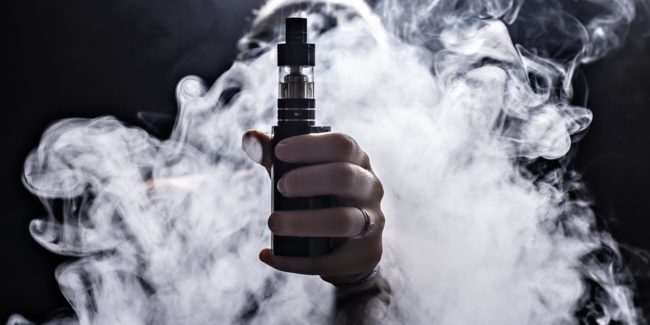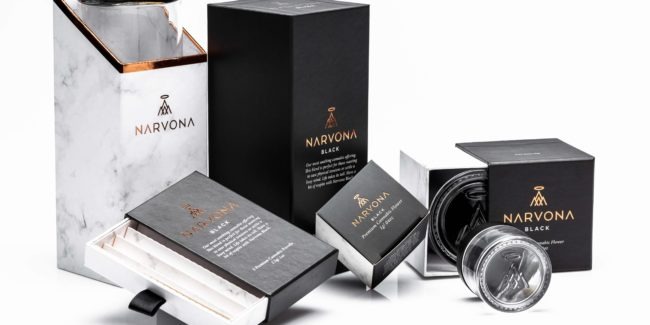The cannabis industry is a thriving one, with profits at $5.8 billion-$6.6 billion in 2017, and the industry will only continue to grow. According to Marijuana Business Daily, “legal sales [are] expected to grow more than 200% from 2017 to 2022.” As cannabis legalization and acceptance grows, so too does the need for companies to professionalize their cannabis product branding.
Companies won’t stand out from the crowd without thoughtful consideration their brand. Branding—or how you present your company to customers and how they, in turn, perceive it—has macro and micro questions for companies to address.
Macro vs. Micro Branding
The macro branding is the company itself, from logo to tagline, website, and experiential marketing. Brands have their own set of values and people come to associate them with these values. We think of Burt’s Bees as natural and earth-friendly. And we think of Nike as the brand for the hardcore athlete.
The micro branding focuses on individual pieces of the company, like the products themselves. For example, take a vaporizer company that brands itself as sleek and modern. They will likely emphasize well-designed vape pens and accessories that look like Apple products (but get you stoned). If your company is a cannabis farm that prides itself on being eco-friendly and pesticide-free, it makes sense to reflect those values in your branding. Highlight that sustainable mindset everywhere, from packaging design to your flower processing method.
Great Cannabis Product Branding
A great example of a company that reflects its brand through its products is Snoop Dogg’s cannabis company Leafs by Snoop. This brand could easily coast on its famous namesake or lean heavily on stoner stereotypes from the decades when Snoop first rapped about weed. Instead it partnered with design studio Pentagram for a whimsical, vibrant, and all around fun aesthetic that looks like summer on a box. From flower to edibles, each Leafs by Snoop product’s packaging draws in customers with a mix of sophistication and playfulness. Packages are adorned with pictures of palm trees, fish, and water. All of this imagery is inspired by a perfect day in California, made even more perfect with a little cannabis.
The Pentagram team notes on their website, “These engaging, playful details help make the LBS packaging feel luxurious and special—and also hopefully contribute to the user’s happy, blissful experience of the product inside.” But if the packaging only focused on California vibes, the product wouldn’t honor the entire brand. That’s why packaging also includes handwritten notes from Snoop himself. Quotes like “Smoke weed every day” infuse the product with the LBS brand by letting Snoop quite literally leave his mark on the packaging.
Branding Products With Your Audience in Mind
Cannabis companies are beginning to diversify and cater to both medical and recreational consumers. So, too, must their product branding reflect the different audiences and their expectations. An elderly person looking to address chronic pain or a veteran exploring cannabis to treat PTSD probably won’t be drawn to flashy, over-the-top, or stoner-esque branding. They don’t want to read the word “blunt” on the packaging. For cannabis to be treated like medicine, medical cannabis companies must brand their products accordingly. From a design perspective, that generally means cleaner, simpler designs. And the copy should focus on symptoms and how the product addresses them.
Paying Homage to the Past, While Branding for the Future
Cannabis branding is moving ever closer towards professionalism and general appeal. But it’s also important that companies don’t forget to honor the plant that is at the core of this industry. Cannabis cultivation for medicinal and recreational purposes dates back thousands of years. Companies would do well to remember that when thinking of their brand. Packaging should emphasize the compounds in the plant. It should exemplify how they will help consumers find their desired results.
Product branding distills the company’s overall brand into a concise picture. It’s more or less your company’s thesis statement. A line of CBD tinctures for the healthy, active person will reflect their brand in the choice of packaging colors and the product description on the bottle. If the brand is health forward, copy about stress-relief and mention of organic ingredients bring in the brand’s identity. The company that makes gold rolling papers will reflect their brand’s fun and celebratory attitude through product design.
Product branding, as with your company’s overall branding, must remain consistent and true to your values. Remember that every time someone buys your product, they’re taking with them a small piece of your company identity.



